Climate action can benefit the local economy in many ways from providing green skills and jobs, to creating better places to do business by making journeys easier and boosting local high streets by improving the public realm and encouraging active travel.
Cost of unemployment
In the financial year ending 2020, the UK government spent £70 billion on working age benefits, which made up 7.5% of all government spending. There are wide regional disparities in this expenditure; 59% of all households in Northern Ireland are in receipt of benefits, compared to 39% in London.
Potential for employment generation in the low carbon economy
The transition to a low carbon economy offers jobs across many sectors including renewable energy generation, low carbon buildings, electric vehicle charging infrastructure, urban design, and nature restoration. Some of these jobs will be in professional occupations including finance, some will require high levels of technical skills and many others will be ‘trades’ based.
- Research by Ecuity for the LGA found that there could be as many as 694,000 direct jobs employed in the low-carbon and renewable energy economy by 2030 in England, rising to over 1.18 million by 2050.
- According to Green Alliance, improving woodland, peatland and urban parks could create over 16,000 jobs across areas in the UK that are experiencing the most severe employment challenges. Green Alliance also estimate that the circular economy and waste sectors could generate over 450,000 jobs by 2035.
- There is considerable potential for employment in domestic retrofit, with an estimated 300,000 more skilled workers required in order to improve the energy efficiency of the UK’s current housing stock.
Local authorities can play a key role in convening local employers, chambers of commerce and education providers to identify future green job opportunities and to ensure that the right local training is in place. One tool to promote green jobs and skills will be the creation of local skills improvement plans (LSIPs) which have been piloted during 2021/22.
Example: Redcar & Cleveland Borough Council
An award-winning Training and Employment Hub helping more than 850 people find work.
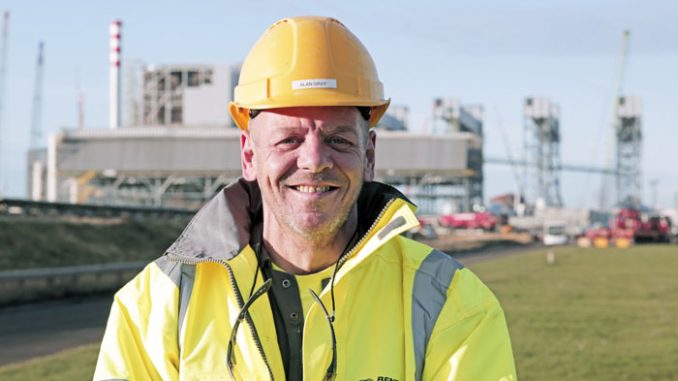
Example: Q-Bot
Creating attractive, highly skilled jobs in energy efficiency retrofit, from the design and maintenance of robots to the home installation process.

Example: RetrofitWorks
Matching communities and homeowners who want to retrofit their homes with local, quality- assured SME assessors and installers.

Example: Repowering
2016 Ashden Award winner delivering community-owned renewable power stations on social housing blocks and community buildings as training young people in renewable energy.
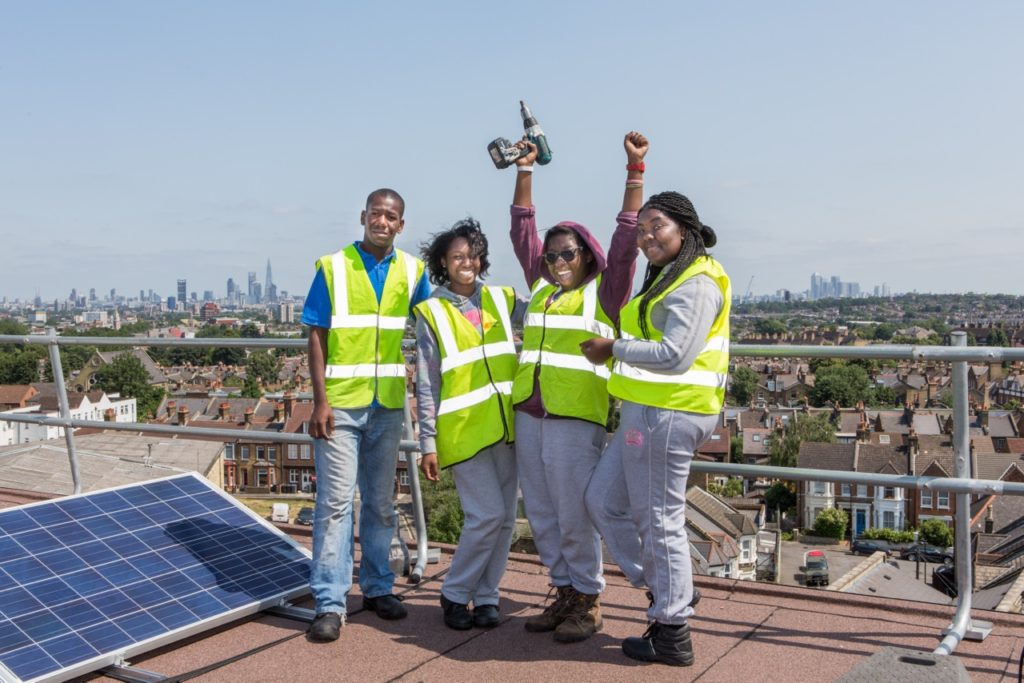
Example: Norfolk & Suffolk offshore wind
A new training centre on offshore wind, supporting local people wishing to reskill and gain sustainable employment in the offshore wind industry.
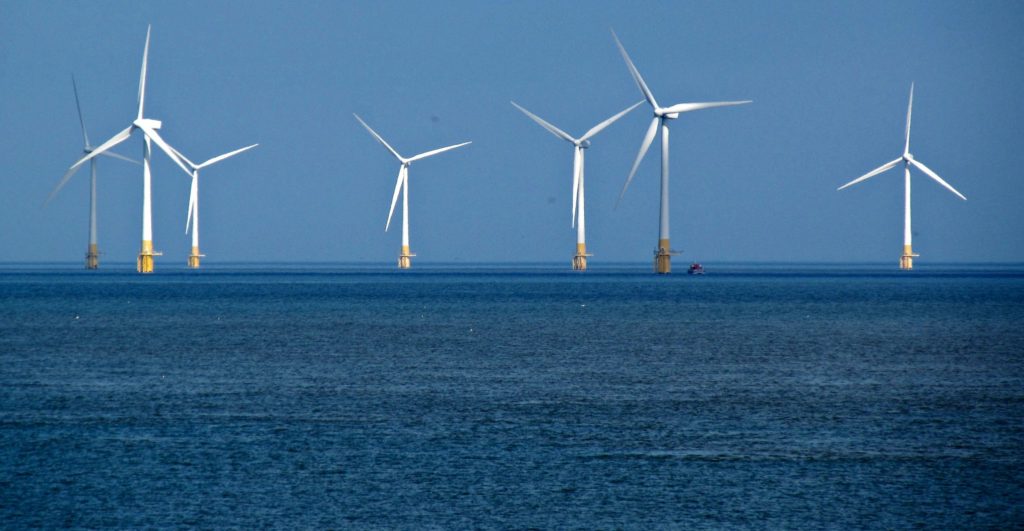
Case Study: Greater Manchester – Skills training for retrofit
Greater Manchester’s energy plan will boost jobs, improve housing and lower emissions.

Cutting the cost of congestion and creating a better place to do business
The UK is the world’s 11th most congested country and London is the world’s most congested city; drivers in the capital lose an average of 148 hours stuck in traffic per year. Nationally, congestion cost the UK £8bn in 2021, or £595 per motorist. Reducing traffic congestion will improve air quality and reduce these costs whilst also helping to create a more attractive place to do business.
“We can only tackle congestion in the long term by making public transport more affordable and making cycling and walking more appealing choices for all Londoners.”
London Mayor Sadiq Khan, 2016
Case Study: Nottingham – Workplace Parking Levy
A workplace parking levy cuts congestion and funds public transport.
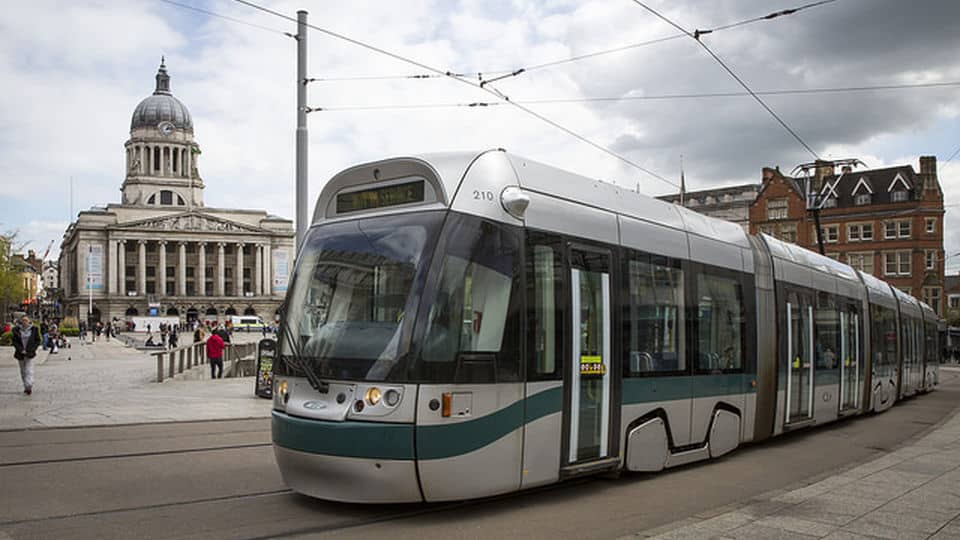
Example: Zedify
Offering a valuable zero-emission service to businesses while providing good employment opportunities.

Boost to high streets
Public realm improvements that create better walking and cycling facilities or increase local biodiversity can boost local business and improve property rentals.
- In Piccadilly, Stoke-on-Trent, a £10 million investment to make the area more pedestrian-friendly led to 30% more footfall.
- Traffic management and public realm improvements in Kelso increased town centre footfall by 28%.
- Consumers are willing to pay between 9% and 12% more for goods and services in shopping areas with large, well-cared for trees, according to research by UK100.
Decentralised energy
Local energy schemes offer the potential to save both councils and their communities money and/or generate revenue.
Community renewables schemes can deliver a range of social and economic benefits to local communities including increased autonomy, empowerment and resilience by providing a long-term income and local control over finances, often in areas where there are few options for generating wealth. Other benefits include opportunities for education, a strengthened sense of place and, potentially, an increase in visitors to the area.
Most community energy schemes feed directly into the grid without any capacity for local people to use this energy at preferential rates. However, new smart meter technology can be used to allow households to match their use to local renewables, reducing their bills and giving more value to the generator whilst also keeping energy spend in the local community. Local Partnerships and Cornwall Energy’s guide to local energy for local authorities provides further information.
Example: Energy Local
A community energy scheme matching local energy demand with local supply.
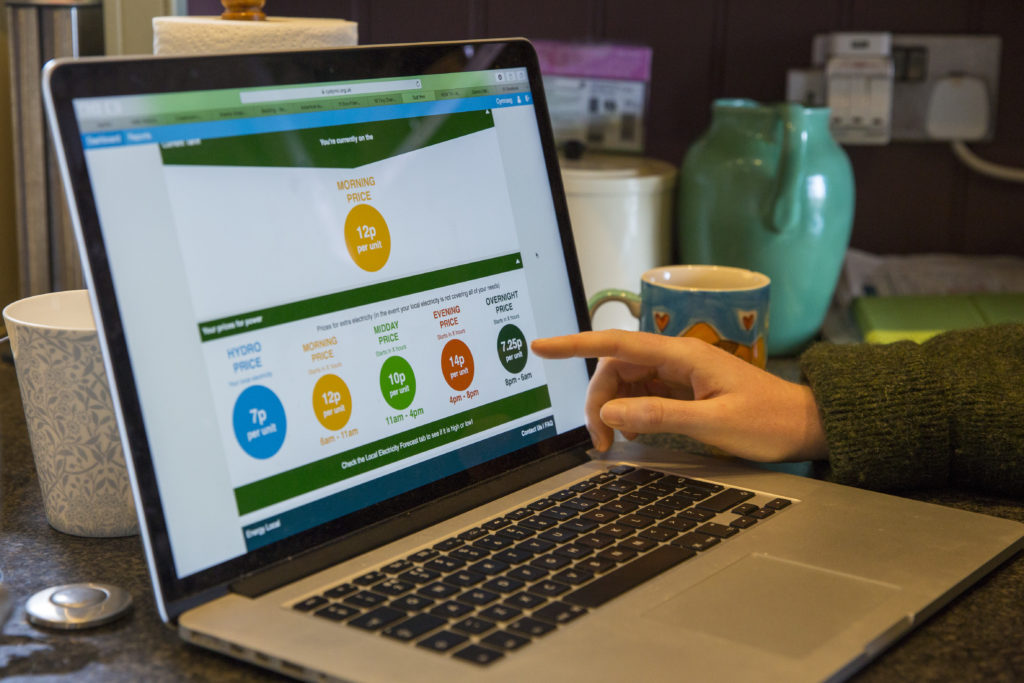
Local procurement
Councils spend around £60bn each year on goods and services. Increasing local procurement offers the potential to reduce emissions by reducing the miles that goods travel and results in more opportunities for local business.
Opportunities for investment by local citizens
Most local authority capital projects are typically funded by loans from the Public Works Loan Board (PWLB). However, some councils have launched ‘local climate action bonds’ where residents can invest small sums in local projects, including sustainable housing, renewable energy and transport.
Case Study: Warrington – Community Municipal Bonds
Warrington’s community municipal bond is helping residents invest in local climate solutions.

Previous Section:
4.2 Employment in the low carbon economy
Next Section:
4.4 Links to statutory duties

